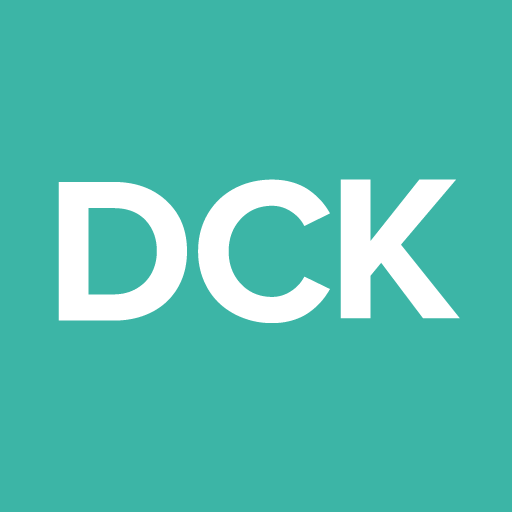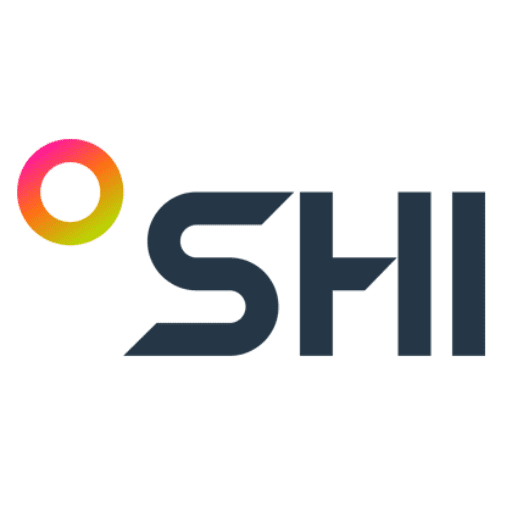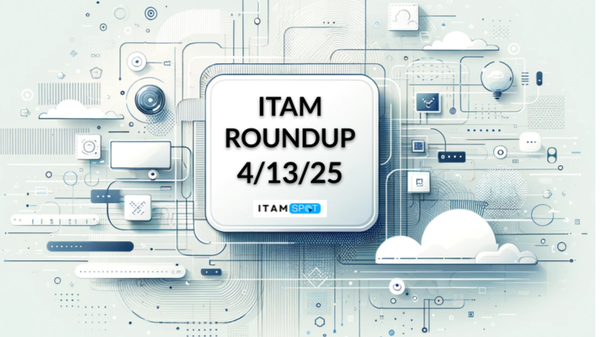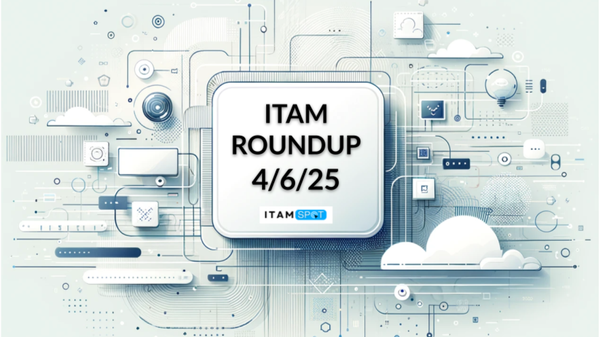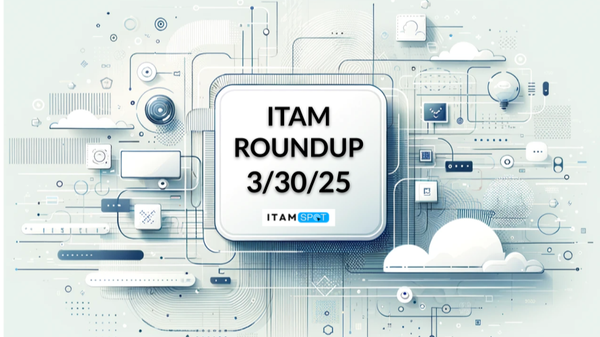The ITAM Roundup: 10/13/24
📰 News
Thoma Bravo to Acquire Majority Stake in USU Product Business
Thoma Bravo has acquired a majority stake in USU Product Business, partnering with USU Software AG to accelerate growth and innovation for its IT management solutions. Benjamin Strehl will lead USU Product as CEO, while the Strehl family and Thoma Bravo will work together to expand the company’s market presence across Europe. This investment marks Thoma Bravo’s second transaction in Germany within a year, reinforcing its commitment to the German enterprise software market and driving transformative growth through innovation and M&A initiatives.

Anglepoint Launches ServiceNow App: IBM Licensing for Software Asset Management
Anglepoint has launched its first app on the ServiceNow app store, IBM Licensing for Software Asset Management, to help organizations track and manage IBM software within ServiceNow. The app integrates with Anglepoint's IBM Managed Service and may replace IBM's ILMT for sub-capacity reporting under the IBM Authorized SAM Provider program (IASP). This solution offers features such as license measurement, cost optimization, and improved visibility of IBM assets, making it a valuable tool for organizations utilizing ServiceNow for software asset management.
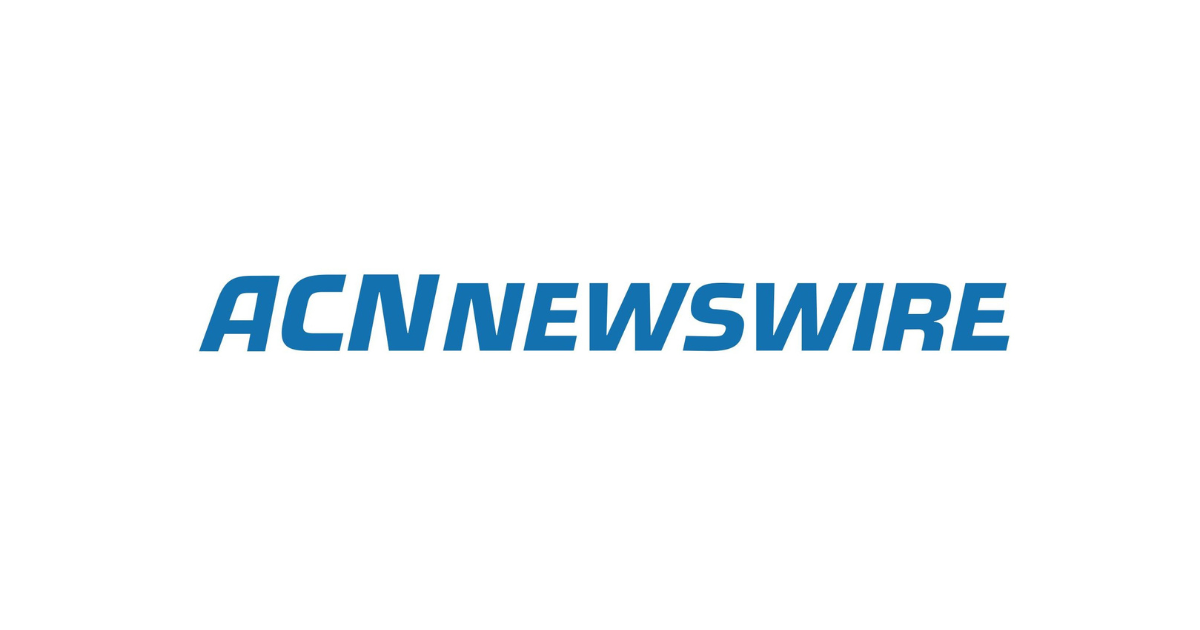
Device42 amps up IT asset management with generative AI
Device42 has launched InsightsAI, a new feature in its IT inventory and asset management appliance that enables IT managers to query their configuration management database (CMDB) using natural language, simplifying the process of data access and analysis. This functionality enhances the existing Device42 Object Query Language (DOQL) by allowing users to generate complex queries and reports without requiring specialized knowledge, thereby improving incident, problem, and change management workflows. With the addition of InsightsAI, IT teams can rapidly retrieve information about devices and their interconnections, enhancing operational efficiency and facilitating data-driven decision-making within enterprise IT environments.

Microsoft launches latest Azure virtual machines optimized for AI supercomputing, the ND H200 v5 series
Microsoft has launched its Azure ND H200 v5 series virtual machines (VMs), optimized for AI supercomputing and now generally available to handle advanced AI workloads such as model training and generative inferencing. These VMs feature eight NVIDIA H200 Tensor Core GPUs and provide a 76% increase in high-bandwidth memory (HBM) and a 43% boost in memory bandwidth, enabling faster access to model parameters and improved performance for real-time applications like interactive agents. The ND H200 VMs are integrated with services like Azure Machine Learning and Azure OpenAI, allowing businesses to start utilizing them for large language models and other complex AI tasks.

Are Customers Prepared for Salesforce’s Newest AI offering, Agentforce?
Salesforce's new AI offering, Agentforce, is a proactive, autonomous application designed to provide 24/7 specialized support by leveraging large language models and real-time data. Priced on a consumption basis at $2 per conversation, Salesforce is pushing for widespread adoption of Agentforce, alongside their Data Cloud offering, to increase customer contract value. As Salesforce makes a significant push to become an AI leader, customers should ask critical questions about pricing, value, and additional costs before committing to Agentforce.
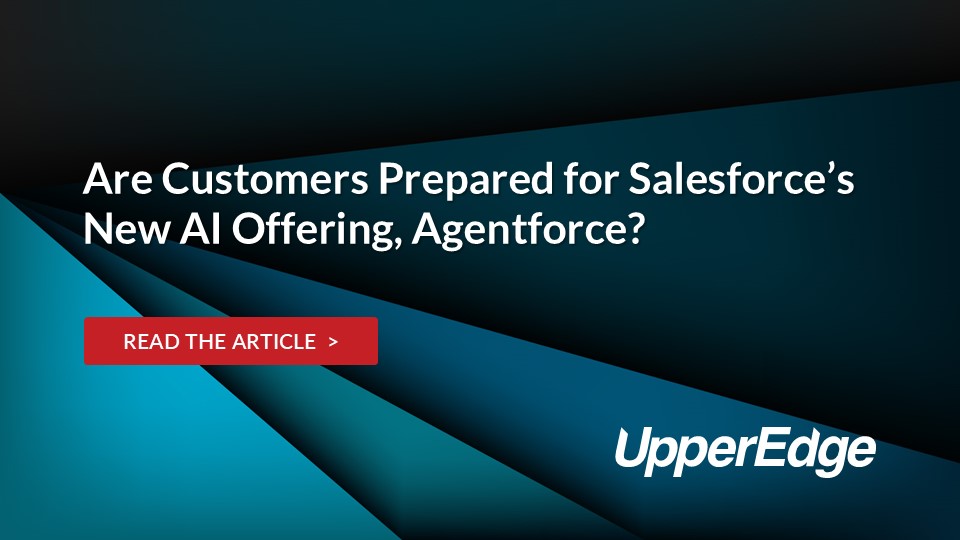
AMD Unveils New Epyc Server CPU in Latest AI Push
AMD has unveiled its latest Epyc server CPU, featuring up to 192 cores based on Zen 5 architecture, designed for AI and enterprise workloads, offering significant improvements in performance and efficiency. The company aims to compete with Intel and Nvidia, not only through its CPUs but also by expanding into GPUs and networking solutions like the new MI325X accelerator and Pensando DPUs for data center operations. Analysts praise AMD's consistent innovation, noting its growing market share in server CPUs, but suggest the company needs to strengthen its software ecosystem to fully compete with Nvidia's AI infrastructure.
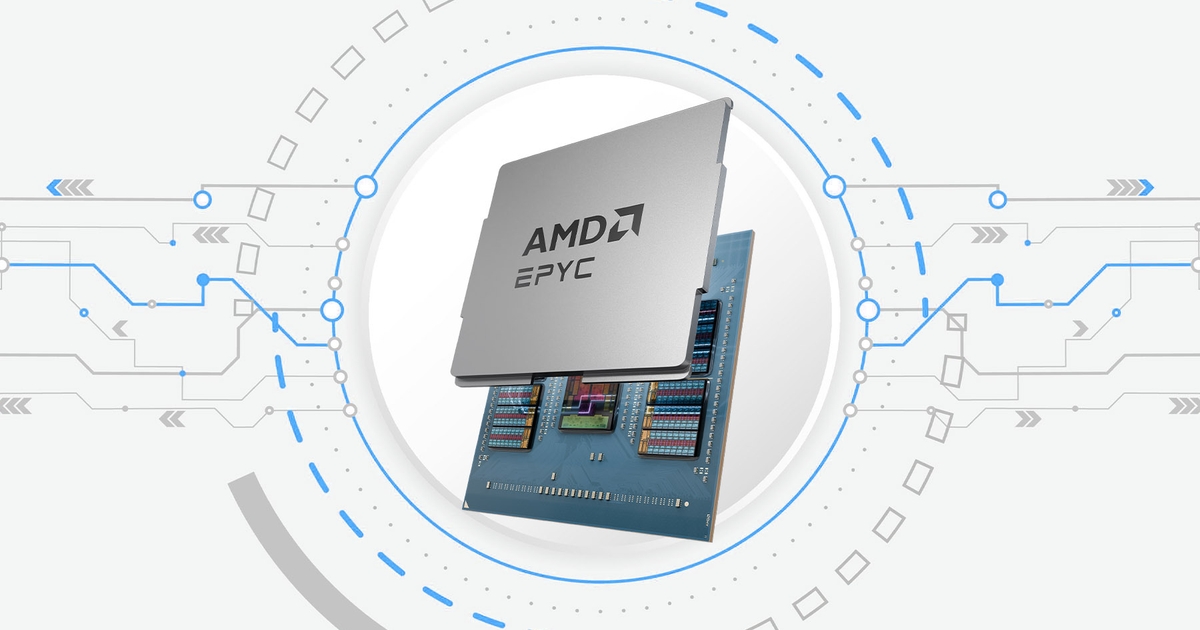
Microsoft Entra Introduces MFA Requirements and New Security Features
Starting October 15, Microsoft will require multi-factor authentication (MFA) for all sign-ins to the Entra admin center, Azure portal, and Intune admin center, with plans to extend MFA enforcement to additional Azure tools by early 2025. Microsoft is also mandating hardware-bound cryptographic secrets for newly registered Apple devices starting June 2025 and phasing out keychain-backed device identity by June 2026. Additionally, Microsoft is retiring legacy AzureAD and MSOnline PowerShell modules, urging customers to migrate to Microsoft Graph PowerShell SDK by March 2025.
https://petri.com/microsoft-entra-mfa-security-features/
📖 Tips
Oracle Java 17 Is No Longer Free: What You Need to Know
Oracle Java 17 is no longer free for new releases as of September 2024, following the release of Java 21 LTS, and future Java 17 updates will require a subscription. However, older versions of Java 17 (17.0.0 through 17.0.12) remain under the No Fee Terms and Conditions (NFTC) license and do not require immediate licensing. Organizations should plan their Java upgrade strategies carefully, as staying on free versions means missing out on future security updates.

How Microsoft MVP Steve Weiner solves your toughest Microsoft challenges
Steve Weiner, a Microsoft MVP specializing in Intune and security, helps organizations overcome complex Microsoft challenges by providing tailored solutions and modernizing device management strategies. With fewer than 100 MVPs globally recognized for Intune expertise, Steve stands out for his ability to solve seemingly impossible problems, such as migrating thousands of devices without wiping and reenrolling them. He also advocates for implementing zero trust frameworks incrementally, helping organizations improve security while making progress manageable and understandable.

Practical Graph: Reporting Which OneDrive for Business Files are Shared and With Whom
Tony Redmond discusses the importance of monitoring file sharing in OneDrive for Business, particularly given its evolution into a central storage hub for various Microsoft 365 apps. He presents a script using Microsoft Graph PowerShell SDK that reports which files are shared and with whom, helping administrators better understand and manage file permissions in their organization. This approach is crucial for mitigating risks of oversharing sensitive information, especially in the context of potential exposure through tools like Microsoft 365 Copilot.

NIS2 & DORA: Staying ahead of the curve
With the October 17, 2024 deadline for the NIS2 Directive and the January 17, 2025 deadline for the Digital Operational Resilience Act (DORA) approaching, organizations across the EU are preparing for stricter cybersecurity and operational risk management regulations. NIS2 focuses on bolstering cybersecurity across 18 sectors, while DORA targets financial institutions to improve IT risk management and harmonize regulations. Businesses are advised to adopt strategies like comprehensive risk assessments, continuous training, integrated incident reporting, and leveraging technology to ensure compliance and enhance overall security resilience.








